The Universal Addressability of Dumb Things
The idea of inanimate objects seemingly coming to life and even predicting our thoughts is a frankly terrifying proposition, but a poignant one which will be explored by Turner Prize-winning artist Mark Leckey as part of upcoming Liverpool exhibition The Universal Addressability of Dumb Things.
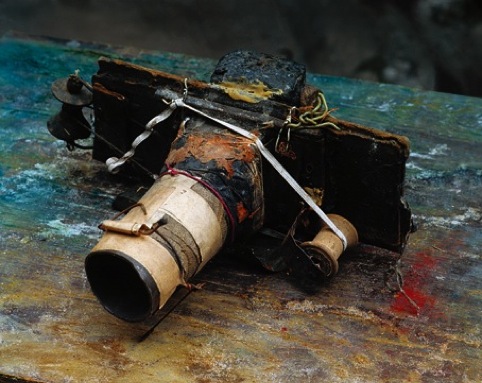
Source: Roman Buxbaum
Miroslav Tichy, Homade Camera, courtesy foundation Tichy Ocean
Organisers say, ‘As modern technology becomes ever more sophisticated and pervasive, objects communicate with us: phones talk back, refrigerators suggest recipes and websites anticipate our desires.’
Leckey, who is curating the exhibition, discovers things aren’t so dumb after all, as he, and several other artists explore that liminal space between virtual and real.
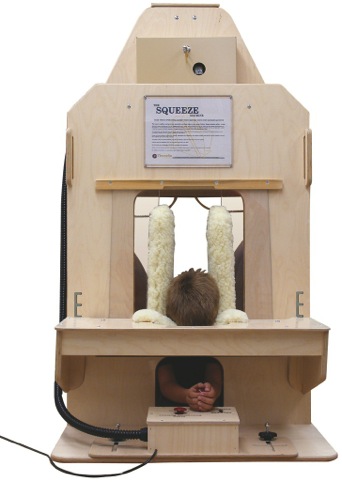
It chimes with the phrase ‘internet of things’, a term being banded about with abandon these days.
Although definitions vary, think connected inanimate objects – we are talking about things that connect to each other or the internet at large – and things that can connect with us like never before.
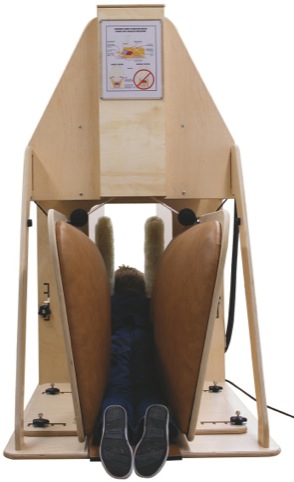
It was a talking point at Vegas tech show CES last month and in more explorative way, will be addressed by artists Thomas Bayrle, Louise Bourgeois, William Blake, Prunella Clough, Jim Shaw and Tøyen in Liverpool next week.
Although this exhibition, rather then exploring an internet of things, is looking at what it calls ‘techno-animism’ – the inanimate coming to life.
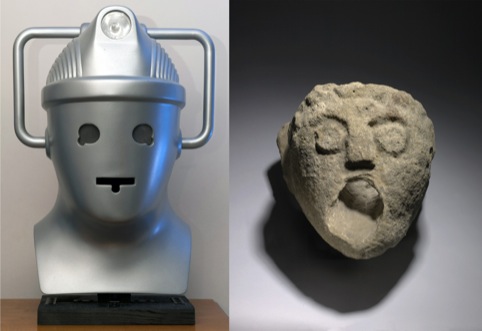
We are promised archeological artifacts, contemporary artworks, and machines, joined up as a network of objects within the gallery.
These include a clay concept car, a medieval stone gargoyle, an Egyptian cat mummy, a 13th-century hand-shaped silver reliquary, a version of Temple Grandin’s Squeeze/Hug Machine (designed to calm hyper-sensitive persons), a mandrake root, the original bronze cast of the Lindow bog man’s reconstructed head, and a 1940s model of a cat used to demonstrate reflexes.

It probably won’t take much digital sorcery to bring these chilling objects to life.
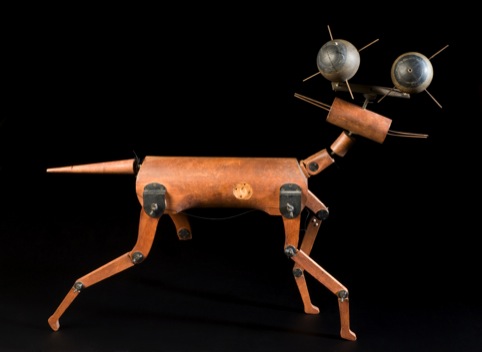
Source: Science Museum
Model of a cat to test reflexes
The Universal Addressability of Dumb Things: Curated by Mark Leckey, a Hayward Touring exhibition from Southbank Centre opens on 16 February and runs until 14 April 2013 at the Bluecoat, School Lane, Liverpool, L1 3BX
-
Post a comment




